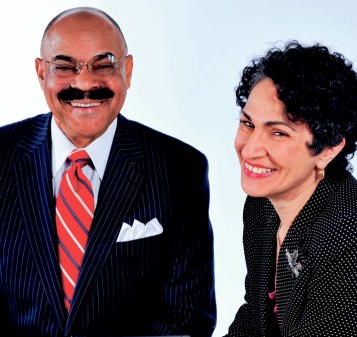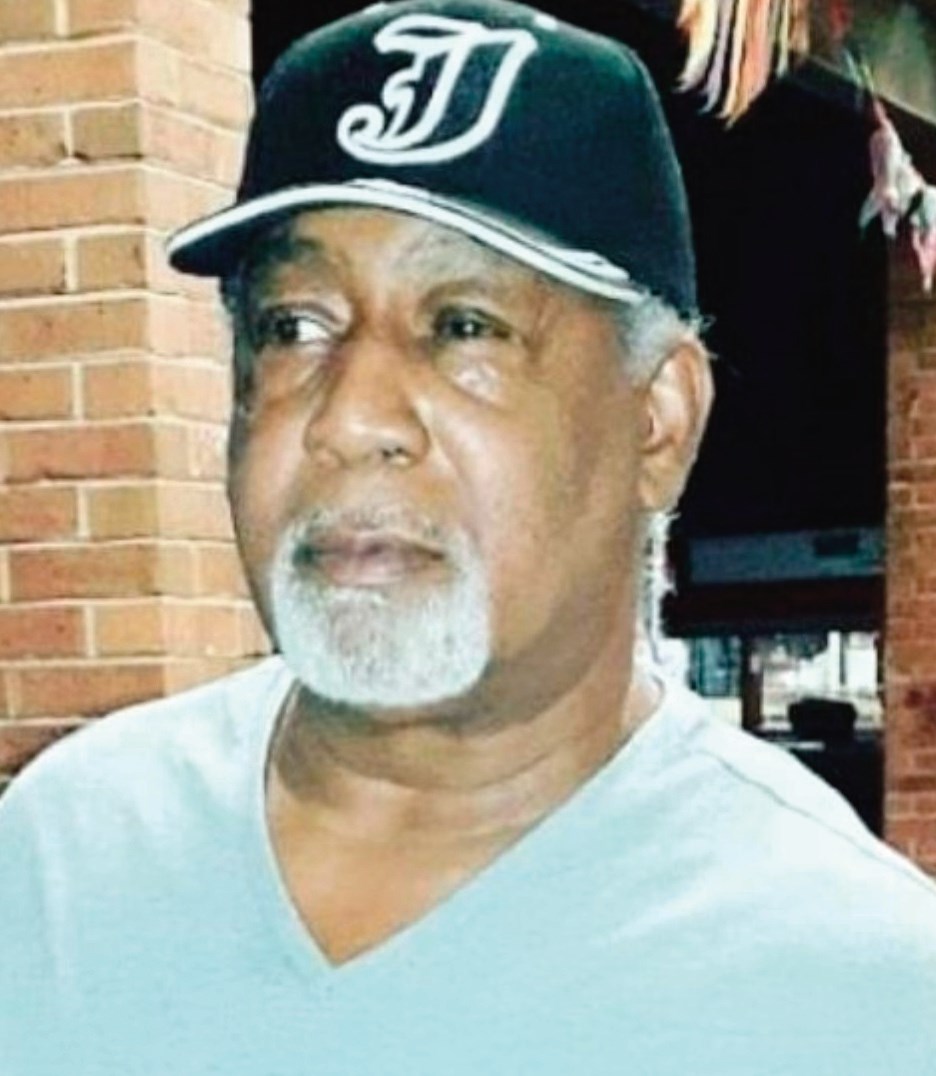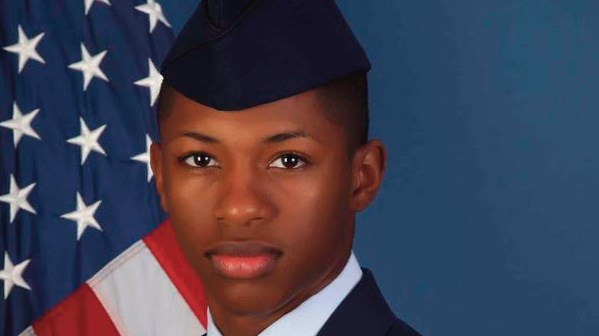Investments in Black-led institutions in the late 1960’s and 1970’s continue to bear fruit to this day. The story of Dr. L. LaSimba M. Gray, Jr. shows how investing in Black-led organizations and institutions – and training their staff – contributes to decades of organizing and fundraising.
Dr. Gray began his fundraising career during a time when the philanthropic community was investing in the development of Black fundraising professionals at historically Black colleges and universities. It was 1969 and like today where there was a raised consciousness on the need to invest in Black-led organizations and institutions. In practical terms, this meant that when Dr. Gray was hired at Lane College in Jackson, Tennessee he was immediately sent to Atlanta, Georgia and New York City for training.
“It was eye-opening!” Dr. Gray shared. It was also a networking experience, planting seeds that bear fruit to this day. “In New York I met another HBCU alumnus, Joe Taylor, who mentored me in fundraising. He sat me down and showed me how to define goals, the steps to reach them, and how to find people who will help you reach those goals.”
“I also attended annual meetings of UNCF that included workshops and training. Back home we had to implement what we had learned. There were regional offices we could call upon for technical assistance and I did that quite a bit.” The training provided by UNCF and others was funded by philanthropists who believed in capacity building. It was no accident that there were training opportunities available. And leadership within Black colleges gave their new fundraising staff opportunities to take responsibility, be accountable, and lead.
After Lane College, Dr. Gray worked with a community outreach program that was part of a sickle cell anemia research project run by the University of Tennessee Health Science Center. “It was like today with COVID-19. We had to navigate facts vs. community experience and the bad experiences Black people had interacting with the healthcare system. There was no trust, and I was attacked for ‘helping an attack on our people’ by encouraging people to take blood tests and participate in research projects. From that I learned to keep track of what people are saying, how to control my emotions and keep my eyes on the goal.”
That work brought him in touch with people from corporate America, including Johnny Arnold. Arnold attended a fundraising golf tournament that Dr. Gray led. “Mr. Arnold pulled me aside saying he would help make it the biggest event in the southeast. And he did.” Only later did Dr. Gray learn that Arnold’s son suffered privately from sickle cell anemia and that his support of the golf tournament was his quiet way of ensuring funds were available for community outreach.
Dr. Gray continues to organize, now leading volunteers to raise $250,000 to build a life-size bronze statue and plaza dedicated to the life and work of Ida B. Wells. “We have a diverse team and we are over half way to our goal. All volunteers.”













No Comment